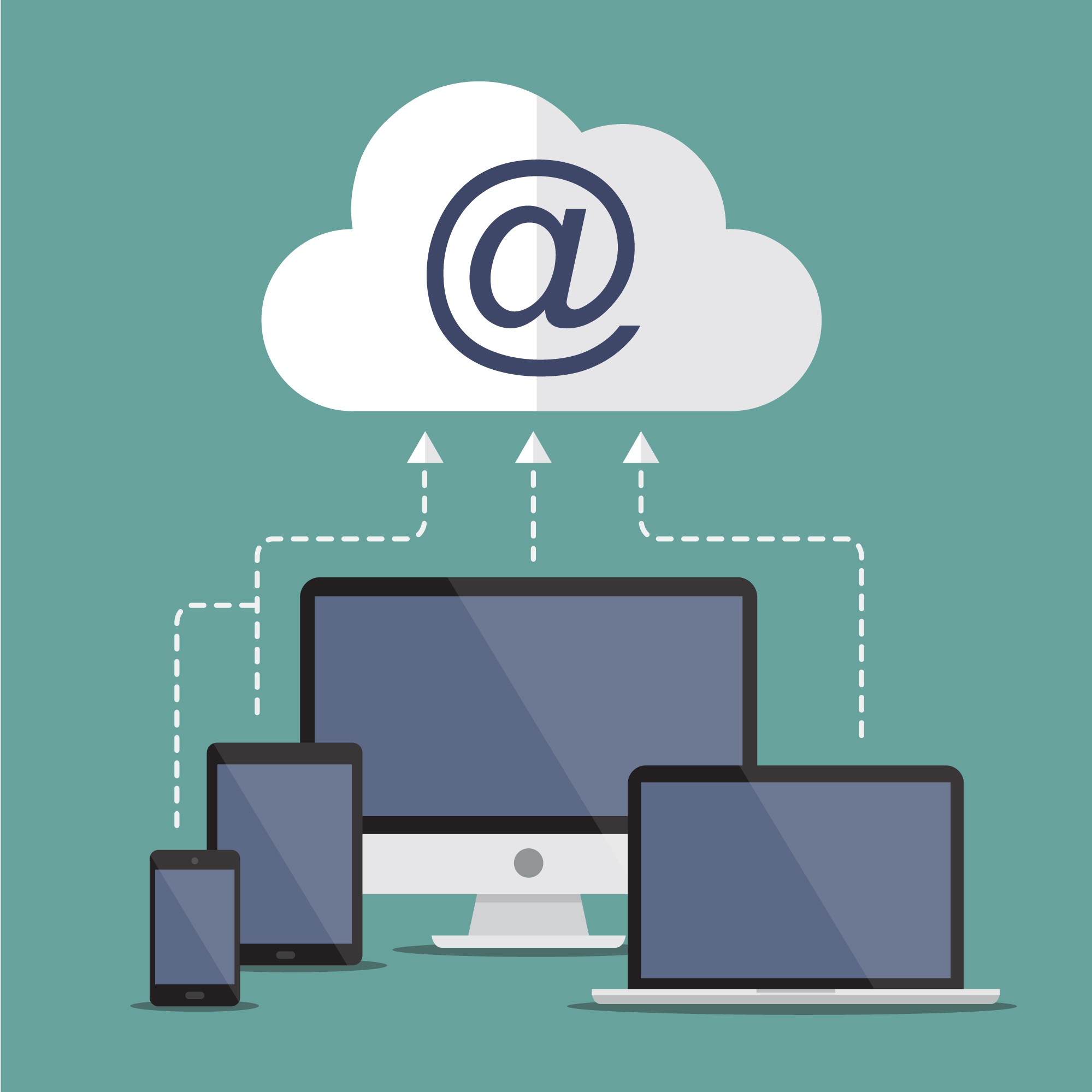

Although the model of cloud computing incorporates an array of different solutions, not all the services provided through internet can be regarded as its part. In order to be considered cloud computing, a service has to possess some key characteristics that are common to all kinds of this model. Those characteristics were defined by the National Institute of Standards and Technology.
1. Self-service product
The main feature of cloud computing is being an on-demand self-service product. According to this rule, once the resources have been configured by the provider, they are provisioned to the customer in an automated way. The end user increases or decreases the amount of used storage and applications by himself. This eliminates the need for any human interaction or surveillance and enables real-time actions.
2. Full accessibility
In order to be controlled remotely, the cloud has to be accessible by the broad network, and
that is its second main characteristics. All kinds of access methods should be supported by the clouds infrastructure – from electronic devices, such as PCs, laptops, tablets and mobile phones, through communication protocols and authorization methods.
3. Shared resources
The third feature that distinguishes cloud computing is resource pooling, that is – dividing a given resource, whether it’s a storage or computing power, between multiple users. The clients can use the infrastructure simultaneously, however their individual information and processes are isolated. The resources are assigned to the users dynamically, thanks to applying the multi-tenancy model. That means if a customer is not utilizing the resources in a given moment, they may be assigned to someone else. This solution permits the maximum resource utilization and helps to reduce the cost of services.
4. Flexibility and responsiveness
Resource pooling contributes to the most important characteristics of cloud computing – rapid elasticity. Depending on user’s current needs, the resources that are assigned to him can be scaled up and down rapidly and, in many cases, automatically. The redundant storage or computing power can be immediately redistributed between other users. This process usually doesn’t require any human interaction, which makes the resources available at any time and in any quantity.
5. Customized payment
Because of the elasticity of cloud computing model, the usage of services provided has to be calculated individually for each customer. Measured service means that all of the resources that the client is utilizing are automatically monitored and reported. As a result, the client only
pays for the services that he really used in a given time period, on a pay-as-you-go basis.
Next step
All of the above characteristics contribute to the efficiency of the cloud, resulting in higher quality of offered services and, at the same time, reduced cost. If you want to know whether cloud migration is a good solution for your business – simply contact us here. And if you want to know more about the cloud – read our introduction to cloud computing.





